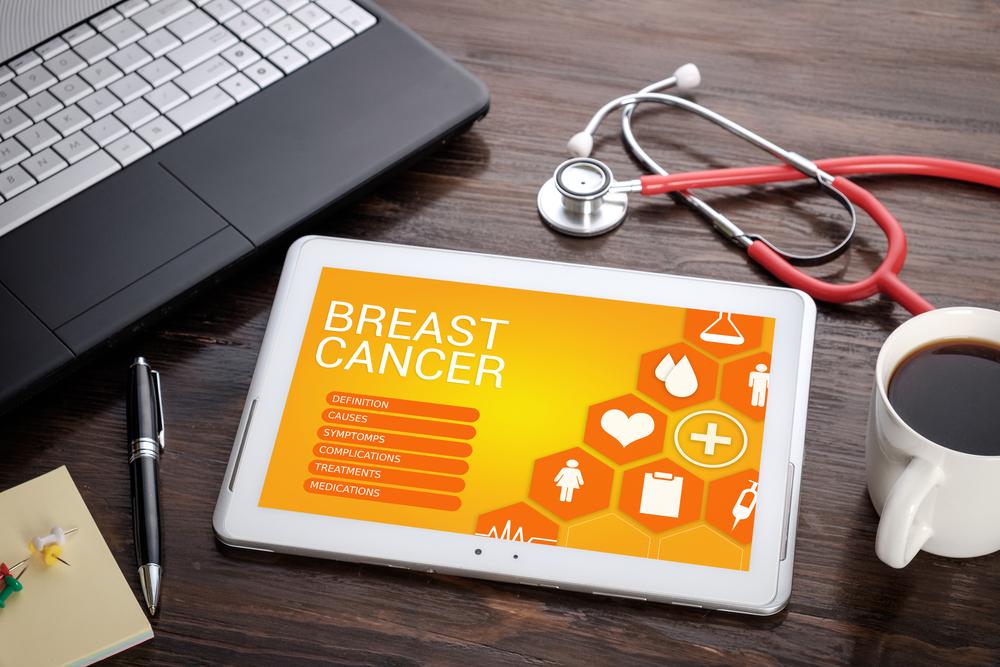
Breast Cancer Screening Methods
Breast cancer is one of the most prevalent women’s cancers in the world, although cases can also affect male patients as well. The most common symptoms for breast cancer are a lump in the breast, textural changes in the breast, and secretion of a bloody discharge from the nipple. The U.S. Breast Cancer Foundation indicates that roughly 268,600 new cases of invasive breast cancer and 62,930 cases of non-invasive (in situ) breast cancer will be diagnosed this year. However, breast cancer is very treatable if discovered early via these screening methods:
1. Mammography
A mammogram is an X-ray photo of a breast. It can detect tumors in the breast that are too small to feel. It can also detect ductal carcinoma in situ, which are abnormal cells that line the breast duct. Women above the forty years are advised to have a mammogram annually. The process is painless but it can a little bit uncomfortable. The effectiveness of this method of screening depends on the size of the tumor, age, and weight of the patient, mass of the breast tissue and position of the tumor in the breast. It is not a perfect method of breast cancer screening. It can sometimes show faulty positive results, and this can cause a lot of anxiety and stress to the patients or negative results which delay the diagnosis and treatment process. Mammograms also expose patients to radiation even though it is in mild doses.
2. Breast examination
During this exam, the doctor feels the breast as well as the underarms checking for lumps. Women are advised to regularly conduct a breast examination on their own and seek medical help in case they feel any lumps in their breasts.
3. Magnetic resonance imaging (MRI)
MRIs are used in breast cancer screening for r patients with a higher risk factor. Magnetic Resonance Imaging uses radio waves, a magnet and a computer to show detailed images of the body and in this case the breast. MRIs are more accurate compared to mammograms and can find masses in the breast that are not even cancerous. Women with a family history of breast cancer or the Li-Fraumeni and Cowden syndromes are counseled to use the MRI as their method of screening.
4. Thermography
Cancerous cells can cause thermal changes in the body; a thermogram uses special cameras that can detect temperature in the body, therefore identifying areas that could have tumors.
5. Tissue sampling
A small amount of breast tissue is collected and sent to pathology for testing. The pathologist can determine the type of cancer the patient has, which stage he/she is in and whether the cancer has spread to other parts of the body.
6. BRCA screening
This screening is done to look for mutation of the BRCA1 as well as BRCA2 genes which produce proteins that suppress tumors. These genes increase the risk of breast cancer most especially in women. The BRCA screening is highly recommended for women whose family members have had breast cancer in the past. The screening is covered by most insurance companies so cost should not be a problem.


